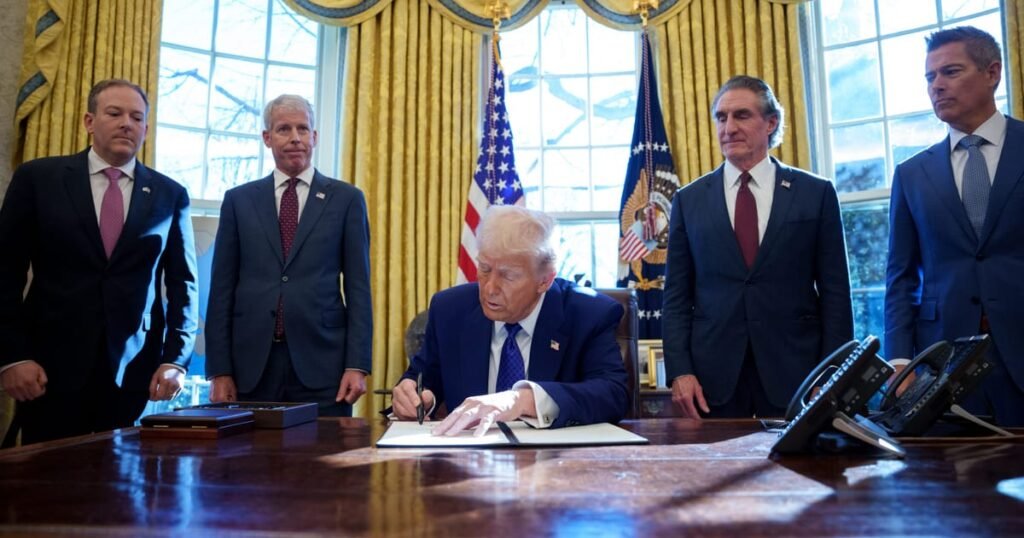Warlick, the IEA’s deputy executive director, spent decades at the State Department, including as President Barack Obama’s ambassador to Serbia from 2010 to 2012 and as the National Security Council’s senior director for Russia under George W. Bush. From 2014 to 2017, Warlick was the State Department’s principal deputy assistant secretary at the Bureau of Energy Resources and represented the U.S. on the IEA governing board.
Trump administration officials in DOE’s Office of International Affairs, which is led by acting Assistant Secretary Tommy Joyce, tried to pressure the State Department into signing off on pushing Warlick out in March, according to a former State Department official.
At the time, State prevented that from happening, but since then a broad reorganization of the department has eliminated its Bureau of Energy Resources and most of the officials there who worked closely with the IEA.
That could mean DOE would face little resistance if it tries again.
In recent IEA meetings, POLITICO has reported, U.S. officials have pushed for the organization to stop publishing data that they argue promotes the shift to clean power over fossil fuels.
Just how the U.S. would force the agency to replace Warlick isn’t entirely clear. She is on a limited contract, and while the U.S. is an important member of the IEA, providing around 14 percent of the organization’s budget in recent years, it isn’t the only one.
Warlick rarely speaks publicly. At an Atlantic Council event in 2022, she said that the uneven pace of clean energy investments among countries has caused “geopolitical fragmentation” in the wake of the coronavirus pandemic and Russia’s full-scale invasion of Ukraine.
“Such investment is still well below the level needed to bring [greenhouse gas] emissions down if we are to keep net-zero and sustainable development goals in sight,” Warlick said. “Massive investment in clean energy is the best guarantee of energy security in the future, and it will also drive down harmful greenhouse gas emissions.”

